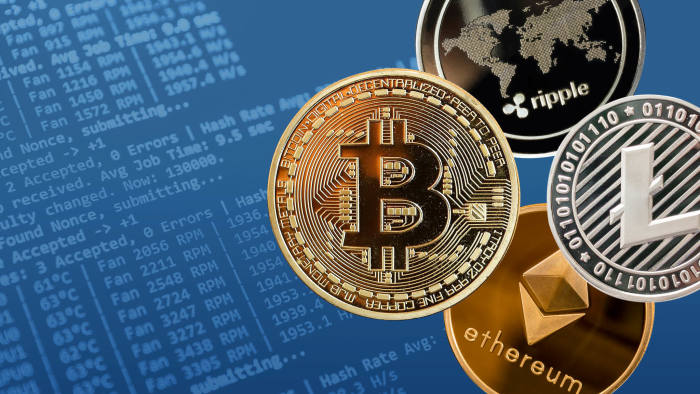Gold has remained steady as stocks and bitcoin have plunged. Here’s where it could go next.
- The precious metal maintained over $1,800 per troy ounce even as 10-year Treasury yields and the US dollar index rose from intra-year lows around the end of January.
- Central to gold’s resilience, according to UBS, is a combination of increased demand for portfolio hedges and a conviction that the Federal Reserve would either "remain behind the curve" on handling inflation or will overtighten, leading growth to falter.
In the face of recent market turbulence, gold prices have stayed resilient, divorcing slightly from its usual price drivers - bond yields and the dollar.
The precious metal maintained over $1,800 per troy ounce even as 10-year Treasury yields and the US dollar index rose from intra-year lows around the end of January. Spot gold was still trading at $1,800 per ounce on Friday afternoon.
Despite the difficult macro backdrop of supply chain challenges, rising inflation, and persisting pandemic concerns, Bank of America strategists have noticed that some gold investment flows have been very durable.
"There are major dislocations buried behind headline inflation, interest rates, and currency fluctuations, enhancing the appeal of owning gold in a portfolio and supporting our $1,925/oz average gold price projection for 2022," according to a research note published by BofA at the end of January.
Also central to gold’s resilience, according to UBS, is a combination of high demand for portfolio hedges and a conviction that the Federal Reserve either "stays behind the curve" on handling inflation or overtightens, leading growth to falter.
UBS Chief Investment Office strategists said in a note released Friday that gold's "tried-and-true insurance qualities" had once again outperformed other common portfolio diversifiers, such as digital assets like bitcoin.
"On the one hand, its overall resilience in the face of the Fed's hawkish pivot, money market players' change to aggressively price several U.S. rate hikes in 2022 and higher U.S. real rate proxies such 10-year TIPS bonds has startled some," according to the paper.
"However, the yellow metal's resiliency is largely in line with our estimate derived by our fair-value model, which now implies a value of around USD 1,750/oz, which is a tiny USD 50/oz discount to spot."
UBS’ models indicate that higher market volatility, as measured by the VIX index, has been a crucial support pillar for gold prices so far this year.
"For example, if we use the VIX's longer-term average value of 19.5 (all other things being equal), we get a gold price of roughly USD 1,575/oz." As a result, as we've argued, increased demand for portfolio hedges in 1Q22 supports our USD 1,800/oz prediction," UBS strategists Wayne Gordon, Giovanni Staunovo, and Dominic Schnider said.
UBS, on the other hand, continues to predict gold to decline to the $1,650-1,700/oz level in the second half of 2022. Risk sentiment is expected to improve as the dual threats of the omicron Covid-19 version and inflation fade, according to the Swiss lender's house perspective.
"We advise clients to minimise tactical allocations and protect the downside of strategic investments," they added.
In order for gold to break further above the $1,800/oz barrier, markets may need to lose a little faith in central bank policy tightening plans, according to Russ Mould, investment director at British stockbroking platform AJ Bell.
This might happen, according to Mould, if the economy enters a recession "when the combination of global debts and higher interest rates becomes too much, and policymakers must resort to slashing borrowing costs and adding to QE (quantitative easing) far before inflation is reined in."

